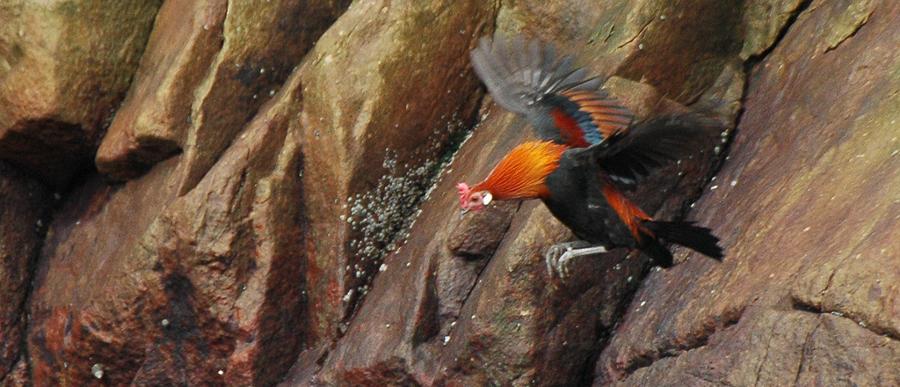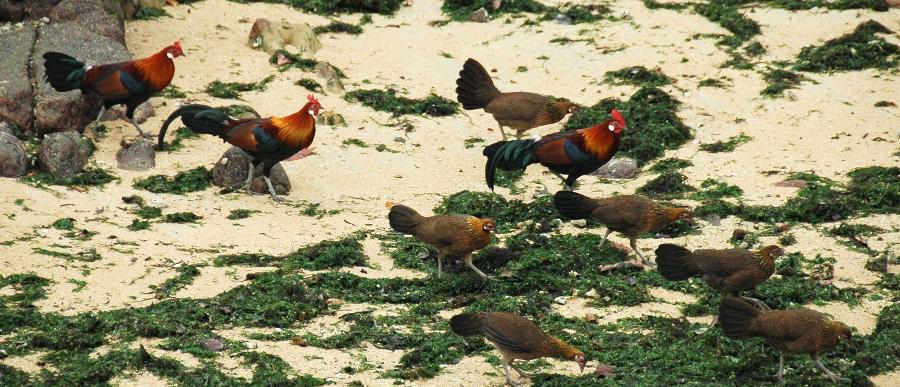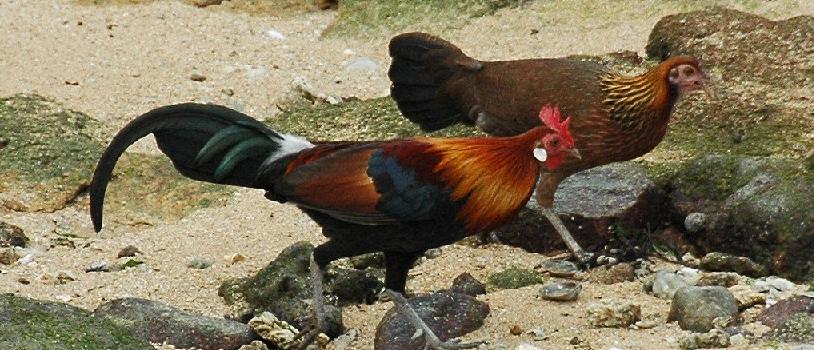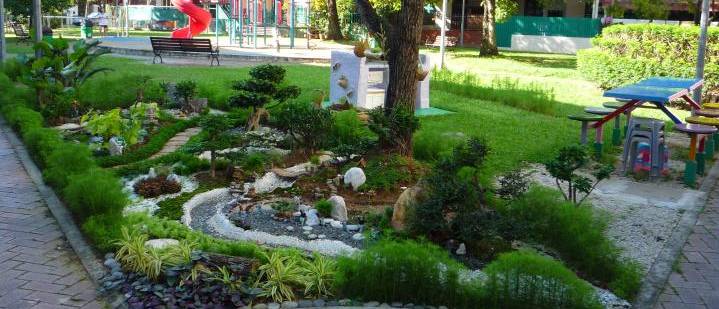On The Trail of The Red Junglefowl
For 2010, the International Year of Biodiversity, My Green Space will feature different perspectives on local biodiversity. This article is part of a year-long series.
You would be forgiven for thinking that the Red Junglefowl is simply a chicken that happens to be living in the wild. After all, it looks very much like a regular domestic chicken! But the Red Junglefowl is actually the ancestor of all domestic chickens. This venerable chook is, however, endangered in Singapore.
The Red Junglefowl is found from the western Himalayas to Southern China, and throughout Southeast Asia. In Singapore, it is a threatened animal, and is on the 'Endangered' list in the Red Data Book. True wild populations have been recorded in Pulau Ubin since the 1980s, and in the Western Catchment since 2000. The population in Pulau Ubin is seen to be more viable.
|
Fowl Facts: Did You Know? - The Red Junglefowl is believed to have been domesticated thousands of years ago, for cockfighting and religious ceremonies. -The Red Junglefowl is usually found in a family group of up to 20 birds. Each group typically has one mature male, with a few females and juveniles. - Although many people believe that chickens can’t fly, the Red Junglefowl can fly for short distances. It roosts in trees to avoid predators. |
Why is the Red Junglefowl endangered? One reason is the loss of its habitats: scrub, secondary forest, and mangroves. Many have fallen prey to unscrupulous poachers due to the bird's ground-dwelling habit. The Red Junglefowl population numbers are also further affected when the birds interbreed with domestic chickens.
Though the Red Junglefowl resembles domestic chickens physically, it is considerably bigger at 43 - 80 cm in length. The male has white facial lappets and a distinguishing white patch on the upper base of the tail, and a red comb on its head. Even his call is similar to the domestic male’s “cock-a-doodle-do”, but with the last note ending abruptly. The male and female both have grey legs and feet.
Besides the Red Junglefowl, there are three other species of Junglefowl: Sri Lanka Junglefowl (Gallus lafayetii), Grey Junglefowl (Gallus sonneratii), and Green Junglefowl (Gallus varius). All of these are from the pheasant family (Phasianidae), whose members also include turkey, peacock and quail.
At Pulau Ubin, NParks has been conducting surveys to estimate and monitor the population since 2005. Each survey sees staff and volunteers setting off to six sectors on the island at the same time, to record sightings and calls of the Red Junglefowl. For consistency in data collection, the surveys are repeated three times, at the same locations and at the same time of the day.
The three surveys conducted since 2005 have shown that the Red Junglefowl population has remained fairly consistent over the last four years. This is good news indeed for our fine, feathered friends of this endangered species – they remain protected in this habitat, where they can breed and thrive.
By Choi Yook Sau
Photos by Alan Tan

A male Red Junglefowl spreading his wings in flight.

Families of Red Junglefowl, foraging together on the beach

A pair of male and female Red Junglefowl. The male is recognisable by the red comb on its head and the white patch at its rump
Have views or comments on this article? Let us know via this form. If you would like to give us feedback on any other areas relating to our parks and gardens, please submit via https://www.nparks.gov.sg/feedback





Li-San 7/22/2013 10:43:58 AM